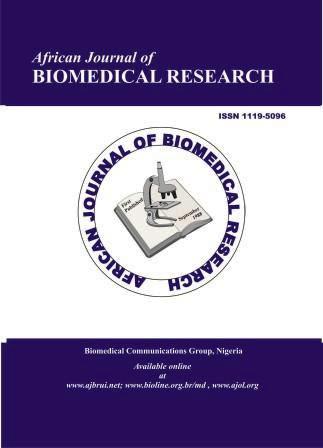Comparative Analysis of Suture Versus Screw Fixation in Arthroscopic Tibial Spine Repair
DOI:
https://doi.org/10.53555/AJBR.v26i3.8124Keywords:
Tibial spine fracture, suture fixation, screw fixation, arthroscopy, knee stability, Lysholm scoreAbstract
Tibial spine avulsion fractures, especially in children and young adults, pose a unique challenge in orthopedic surgery due to their impact on anterior cruciate ligament (ACL) integrity and long-term knee stability. Although both suture and screw fixation are accepted arthroscopic methods for treating displaced fractures, limited comparative data are available evaluating their functional and radiological outcomes. This prospective study aimed to compare the effectiveness of suture versus screw fixation in arthroscopic tibial spine repair. Sixty patients aged 10–40 years with Type II or III avulsion fractures were divided evenly into two groups. Group A received arthroscopic suture fixation, while Group B underwent screw fixation. Outcomes were measured using the Lysholm Knee Score and range of motion (ROM); radiographic union and postoperative complications were also evaluated. The suture group achieved significantly higher Lysholm scores (92.3 ± 4.8 vs. 88.2 ± 6.3; p = 0.0054) and better ROM (135.2° ± 6.5° vs. 127.9° ± 7.7°; p = 0.0002). Although the suture group also had higher union rates and fewer complications, these differences were not statistically significant. This study emphasizes that suture fixation is a functionally superior and clinically safe alternative to screw fixation, especially for active or skeletally immature patients.
Downloads
Published
Issue
Section
License
Copyright (c) 2023 Dr Parth Singh, Dr Vinay Tantuway (Author)

This work is licensed under a Creative Commons Attribution 4.0 International License.









